Throughout the 48-year history of Hewlett-Packard’s skunkworks division HP Labs, it has innovated many technologies that became commonplace: pocket calculators and laser printers, for instance. But for much of the past decade, the headlines about HP have centered on the Silicon Valley pioneer’s revolving door of CEOs, boardroom controversies and – more recently – its slow, painful turnaround.
CEO Meg Whitman has slashed 55,000 jobs in an ambitious restructuring. As the company prepares to split into two, the fruits of that effort are winning over investors who have pushed HP’s stock up 190% in the last two years — or nearly five times the Dow Jones’ rise. Throughout all of this, what HP hasn’t been portrayed as is what it was early on: an engine of innovation.
In recent months, however, new initiatives at HP have emerged to suggest that’s starting to change. In particular, HP has unveiled three innovations in printing, personal computing, and data analytics that each has the potential to influence or even reshape their respective markets. Even if that doesn’t happen, each one shows a new flair at HP to take bold new approaches in established markets.
Last month, HP announced its long-awaited entry into the 3D-printing market. While younger, smaller players like Stratasys and 3D Systems have dominated the nascent 3D-printing market early on, HP held back until it could deliver a breakthrough 3D-printing technology that could become the kind of industry standard HP has set in traditional printing. With its multi-jet fusion technology, HP seems poised to achieve just that.
See Photos of Europe's Largest 3D Scanner
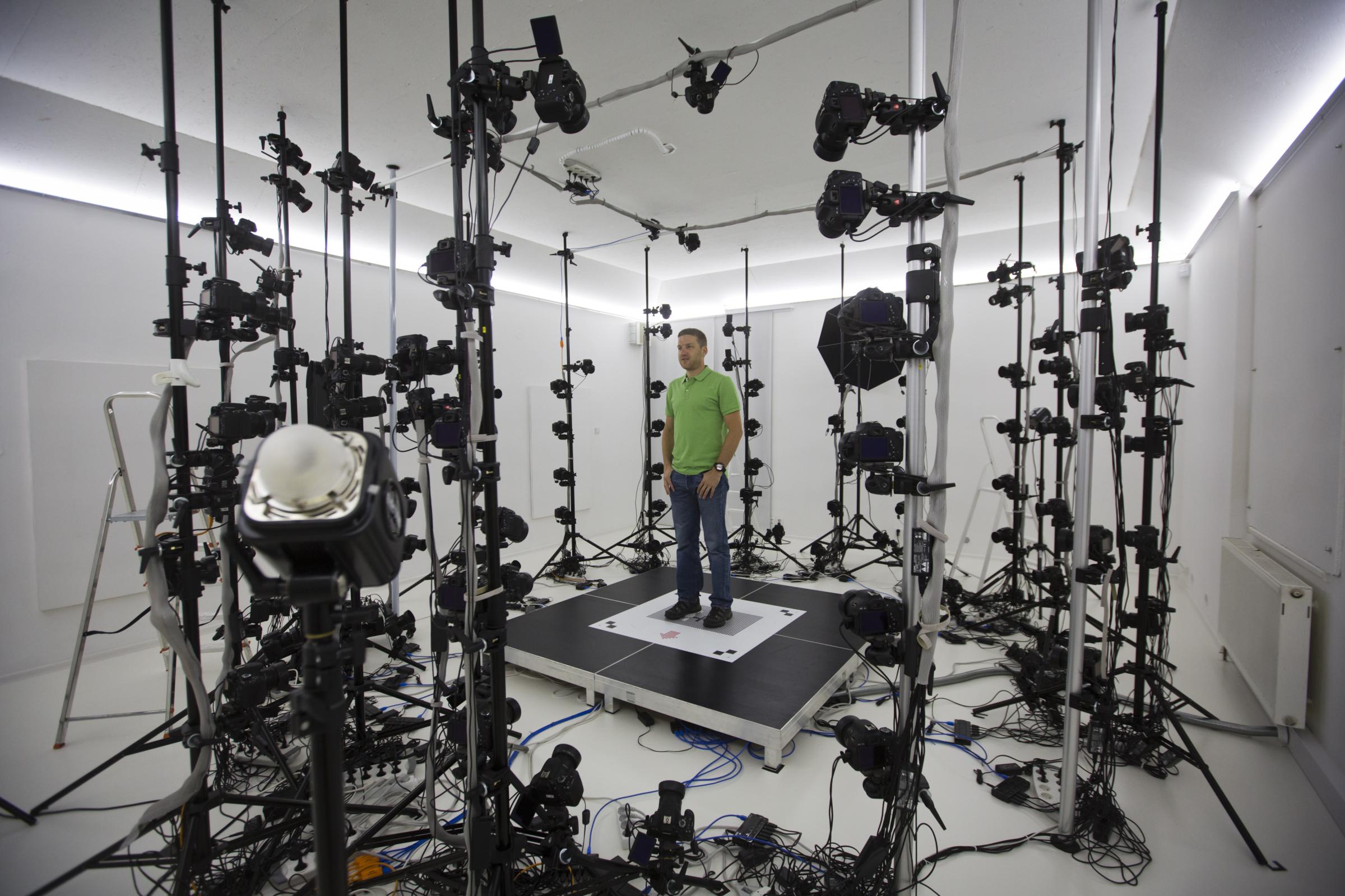
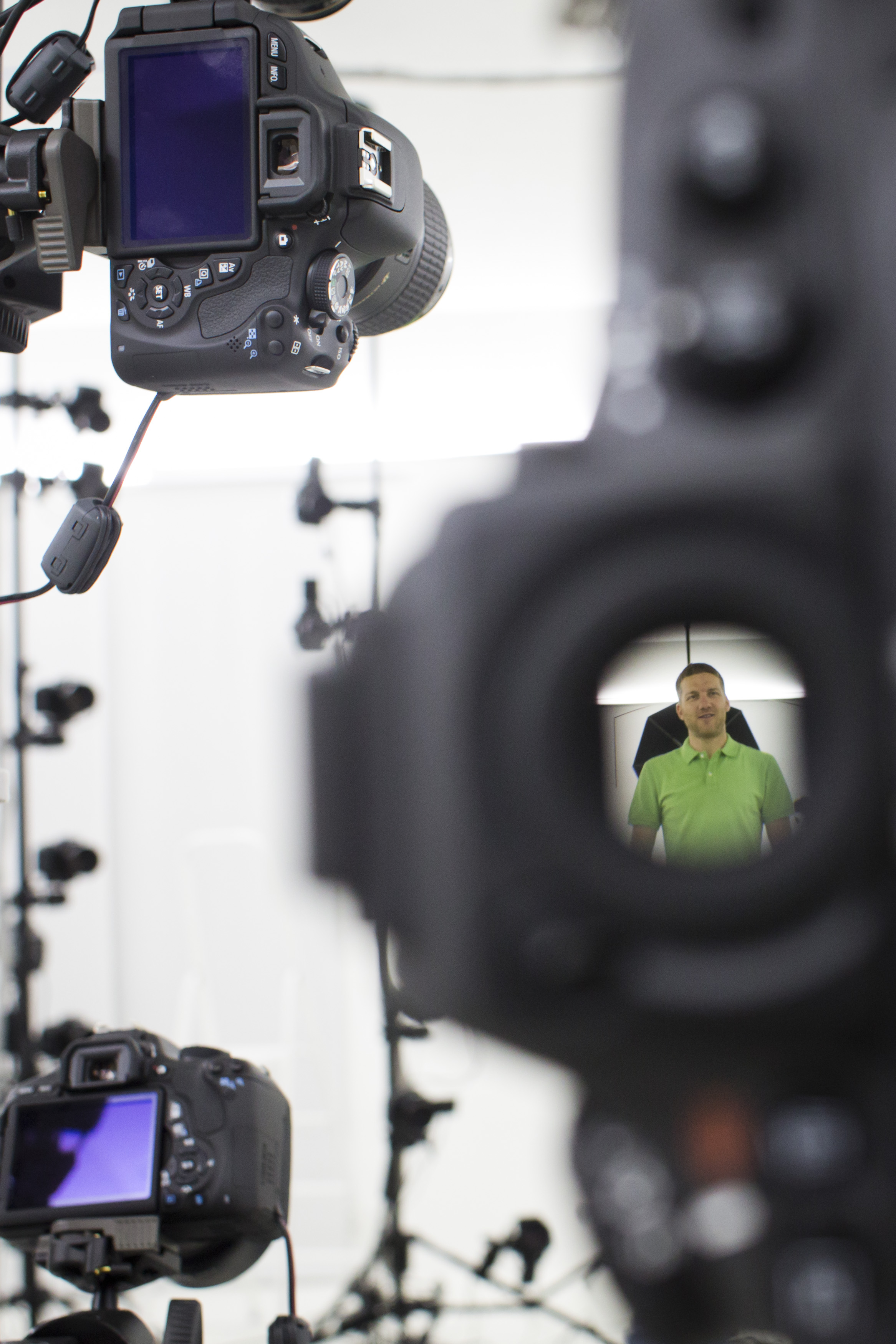
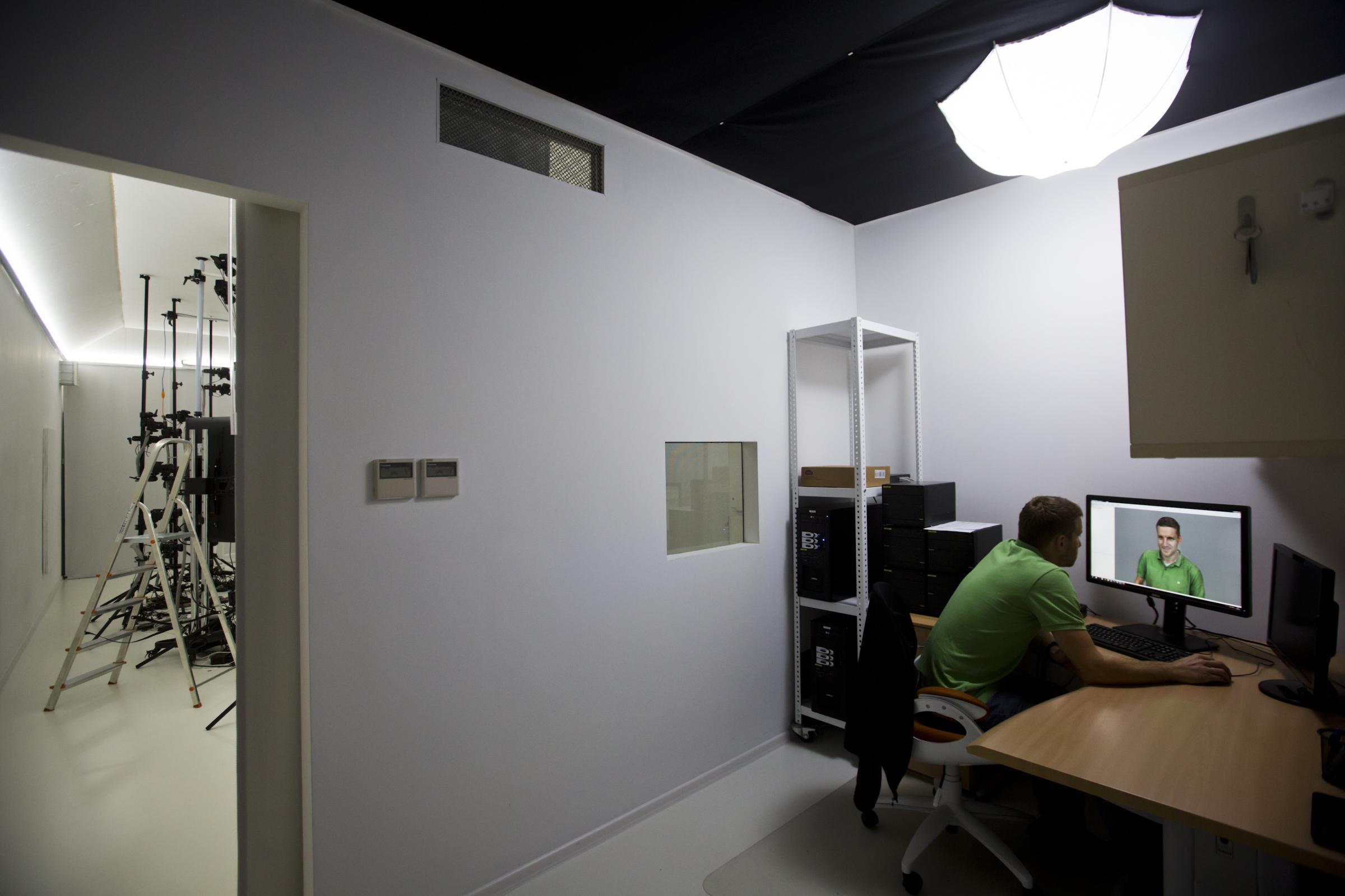
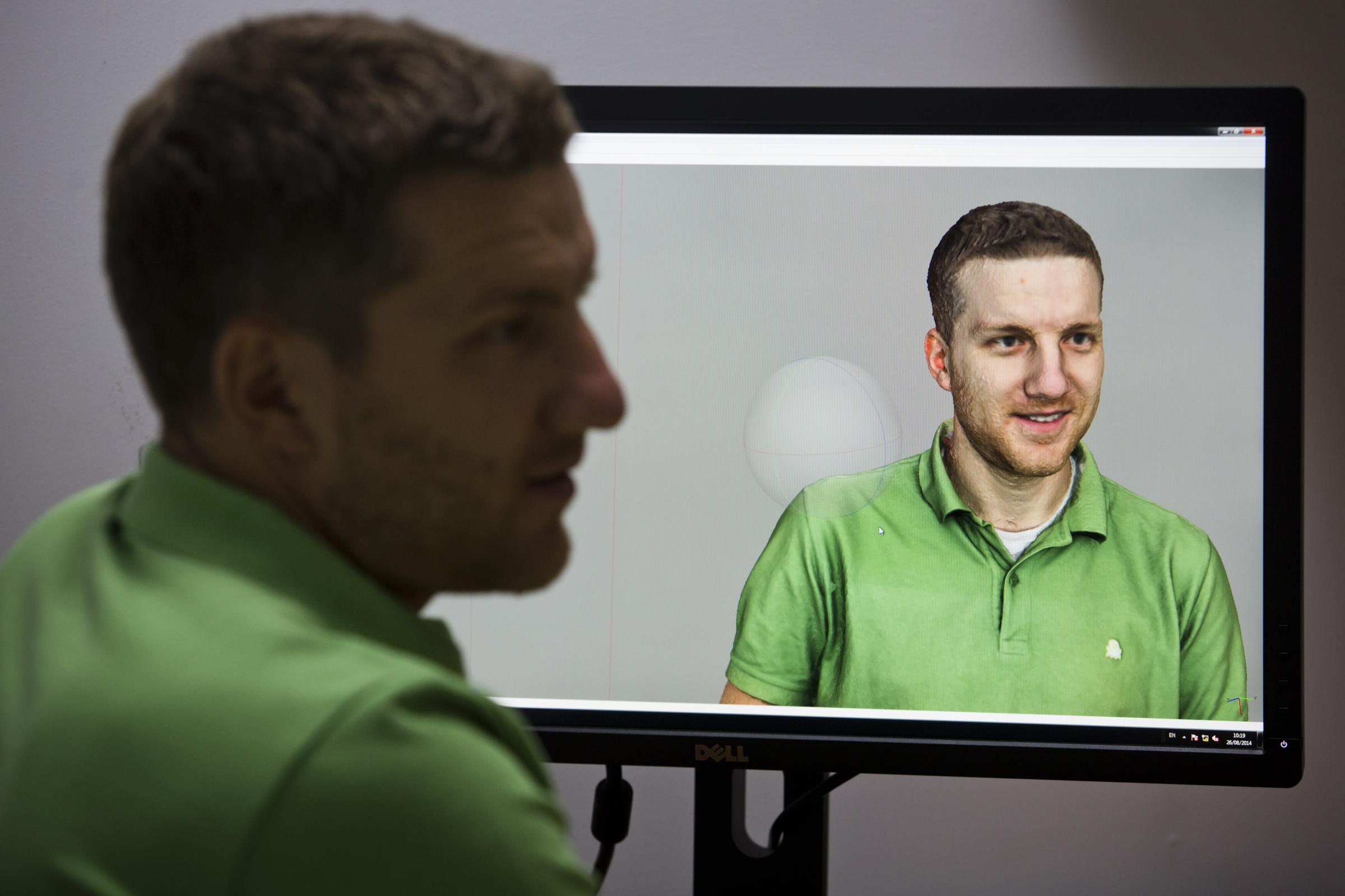

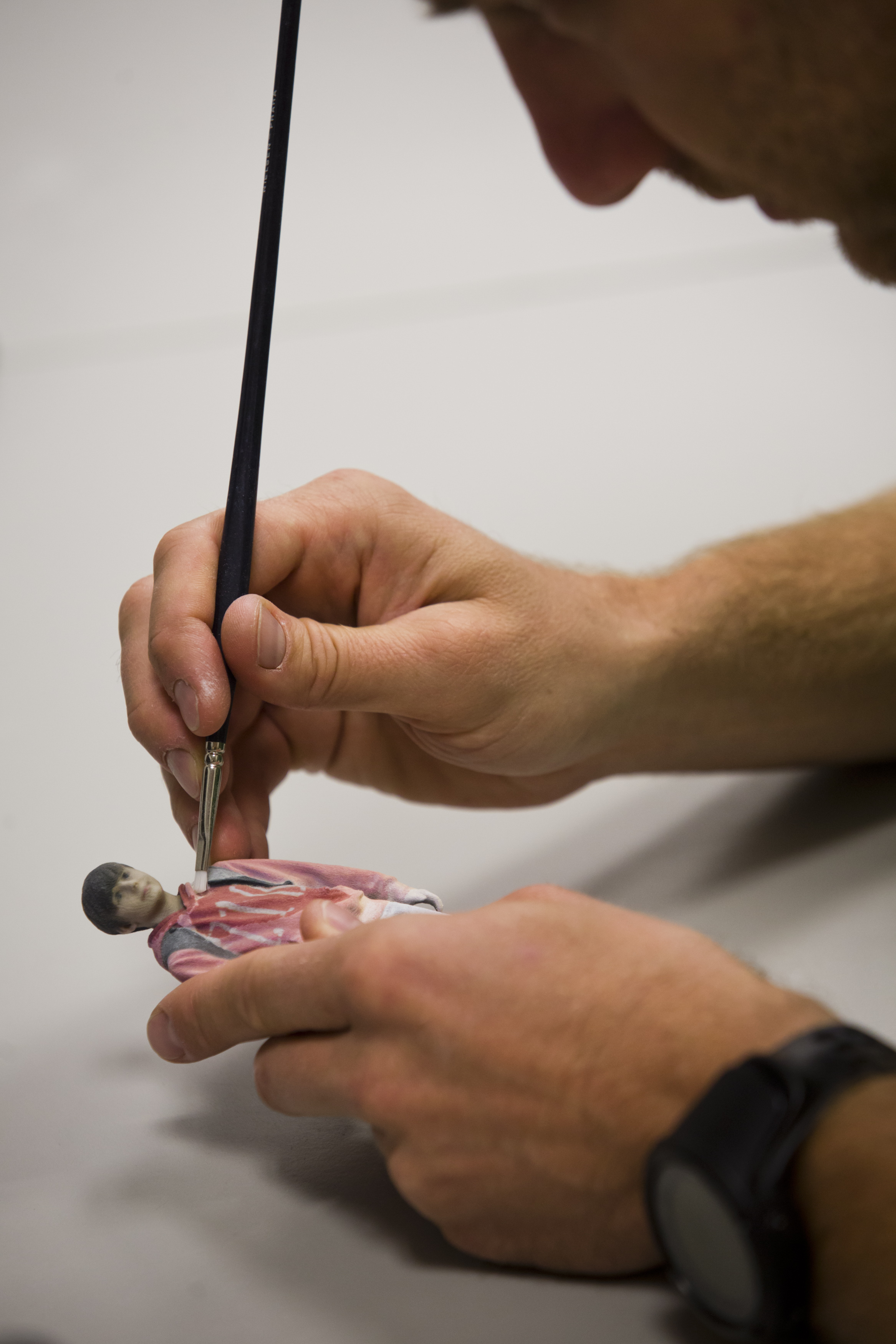

Based on HP’s thermal inkjet technology – an area where HP is strong in expertise and intellectual property – multi-jet fusion promises 3D printers that offer higher resolution, lower cost and printing that the company says is 10 times faster than leading 3D printers on the market. HP’s first 3D printers will use thermoplastics, while in time HP hopes to employ metal, ceramics and other materials.
HP says it plans to make the new systems available starting next year to large and small manufacturers alike. That may seem like a late entry, but multiple analysts expect annual revenue in the 3D-printing market could rise north of $10 billion by 2020. HP says it expects its printers to be revolutionary, and some analysts agree. To persuade them, HP has a video showing how a chain link printed in less than half an hour can lift up a one-ton car.
Along with its 3D printing technology, HP also unveiled Sprout, a machine combining a PC, a projector and a 3D scanner. There’s nothing quite like Sprout on the market, and it’s hard to describe – it’s simpler just to watch a video of it – but basically the Sprout blends a tablet-like touchpad, a 14.6-megapixel camera, a projector and a scanner into a product HP calls immersive and intuitive.
Sprout is a risky product in that it sells for $1,900 at retailers like Best Buy, but it doesn’t have a pre-defined market. HP developed the idea out of an interest in bridging the physical and digital world, says spokesperson Elizabeth Pietrzak. “The target is more psychographic rather than demographic,” she says. Which means, basically, people who make things: designers, hard-core scrapbookers and school teachers, for instance.
Sprout is designed for creators who don’t have the training or the patience to use design software. HP is planning on building newer, specialized applications for markets like architectural design and health care, and it’s inviting developers to create still other applications for the platform, which HP built on Windows 8. Sprout may not end up being as disruptive as multi-jet fusion. But it shows HP is willing to innovate in areas where there is more potential than predictable outcomes – an approach that defines many startups.
Perhaps the most disruptive innovation HP is working on is something called the Machine. It’s a name at once understated and potentially pretentious, but what HP wants to do with the Machine is to create wholesale an entirely new computing architecture for the era of big data. As cloud computing and the Internet of Things demand systems that manage ever larger amounts of data, the drain on the electrical grid gets bigger.
HP’s answer is to create computing technology that can handle much more data using much less power. The Machine is being built with this goal in mind, and to reach it HP had to come up with multiple innovations: a software-defined server called Moonshot that uses 89% less energy and requires 80% less space; lasers a quarter the size of a human hair that use photonics instead of copper wires; and memristors that use ions to fuse memory and storage, making them faster and cheaper than DRAM or flash drives.
The Machine is the brainchild of HP Labs, which had earlier announced pieces of the plan, like Moonshot and memristors. In June, the company announced the Machine and discussed what may prove to be the hardest piece: an entirely new, open-source operating system. HP is also working on stripped-down versions of Linux and Android that could run the Machine on devices like smartphones.
HP expects products and services using the Machine to ship in four or five years. As with any ambitious project, the Machine faces uncertainty and questions. Will HP execute on the different pieces and integrate them into a seamless system? Will third parties embrace the Machine as a standard? Will other cash-rich tech giants build their own versions of the Machine first?
Whatever the answers to those questions, HP is showing that it’s pushing to return to its innovative roots. Earlier this month, venture capitalist Ben Horowitz talked about how big companies can innovate, arguing that the key is to have a secret insight that no one else understands, one that often comes from years of experience. HP has plenty of experience, much of it hard fought, and it’s boosted its R&D budget to 3.1% of revenue from 2.3% in 2010.
“Innovation has been a large part of our ethos over the years,” says HP’s Pietrzak. “Now we’re on a path where we can invest back in R&D.”
In Silicon Valley where young pups seem to rule, HP is an old dog, and one that has been through its share of scrapes in recent years. But it’s also showing that it can still learn some pretty intriguing tricks. And with any luck, those tricks could bring it to the forefront of tech innovation again.
These Vintage Computer Ads Show We've Come a Long, Long Way
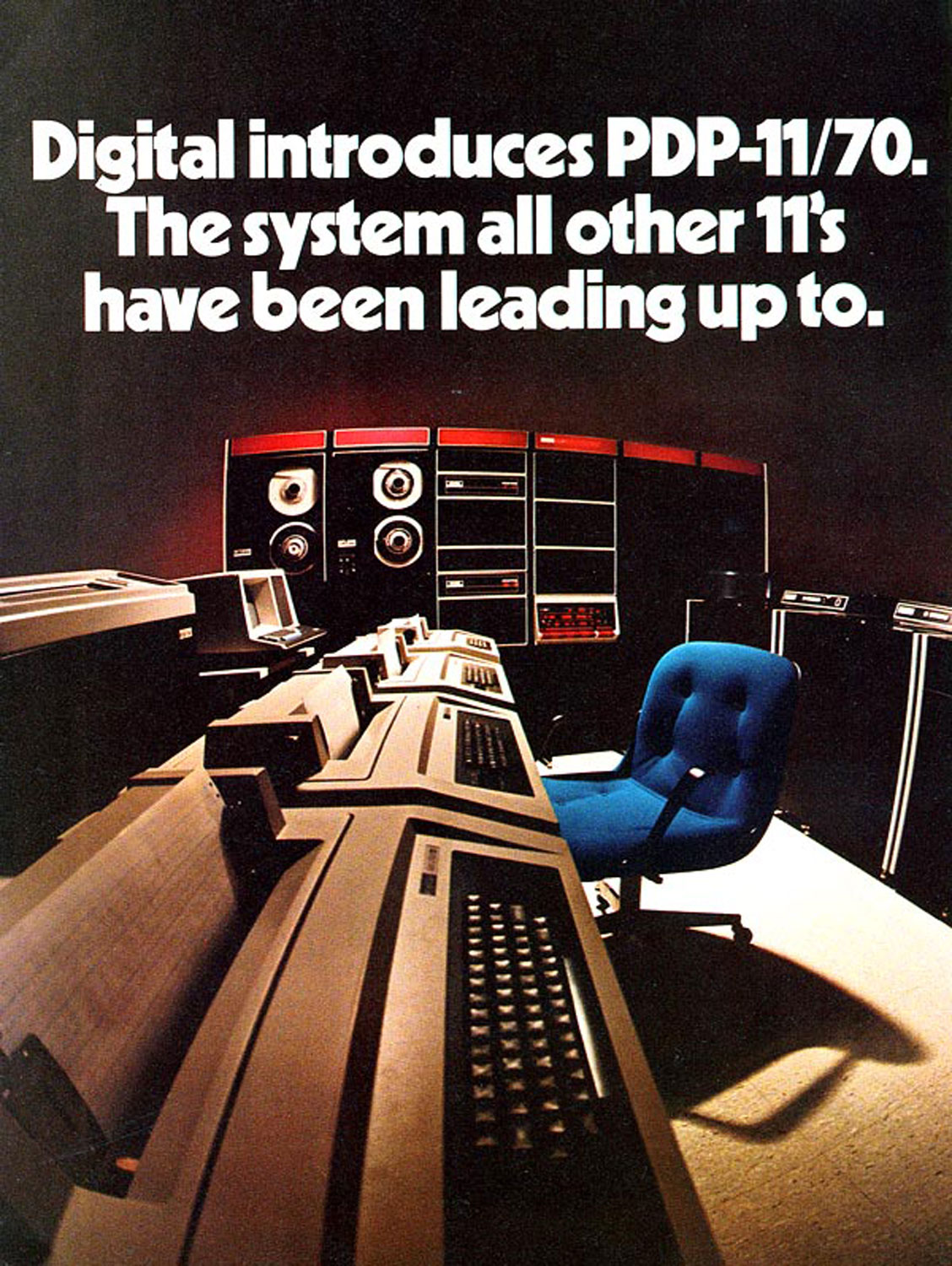
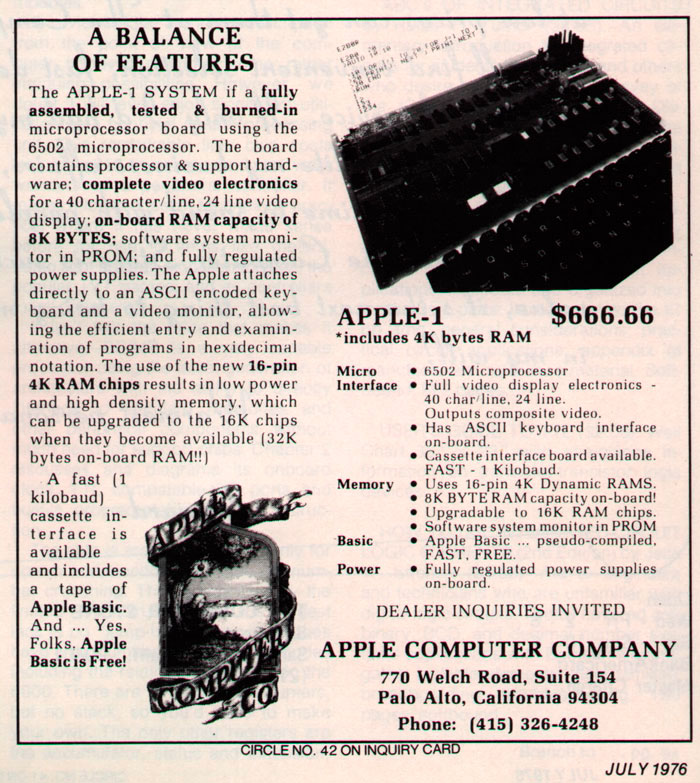

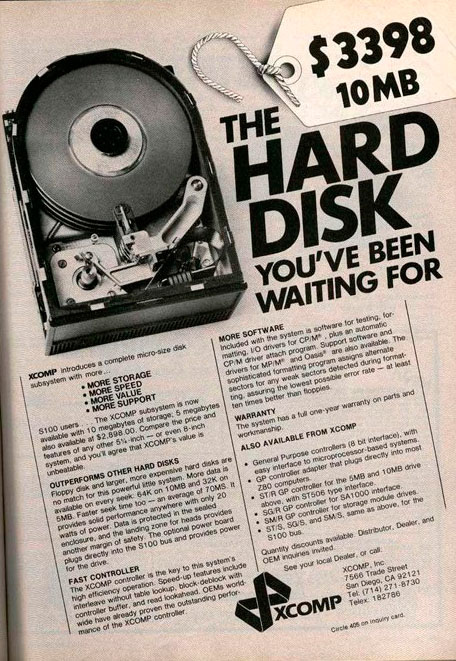


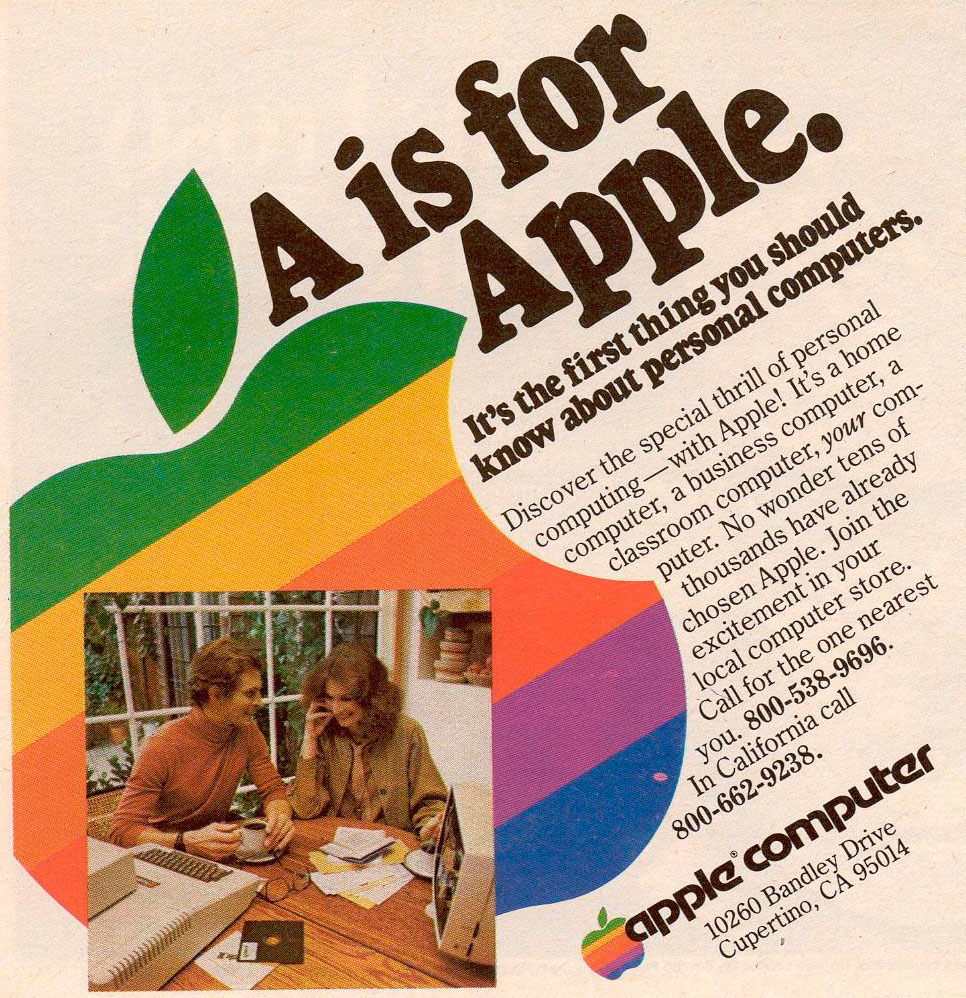
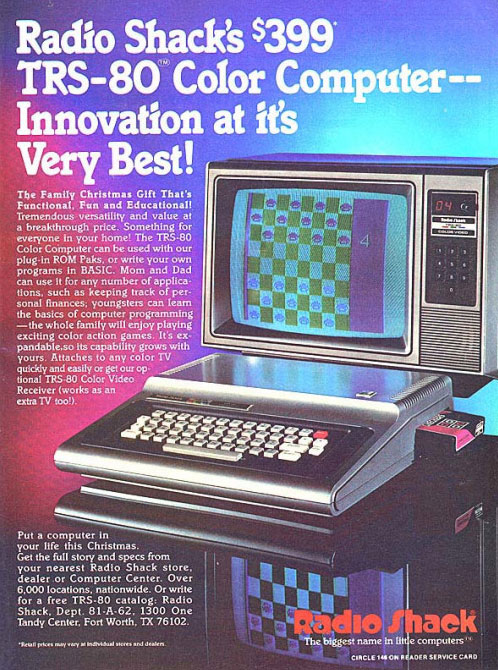

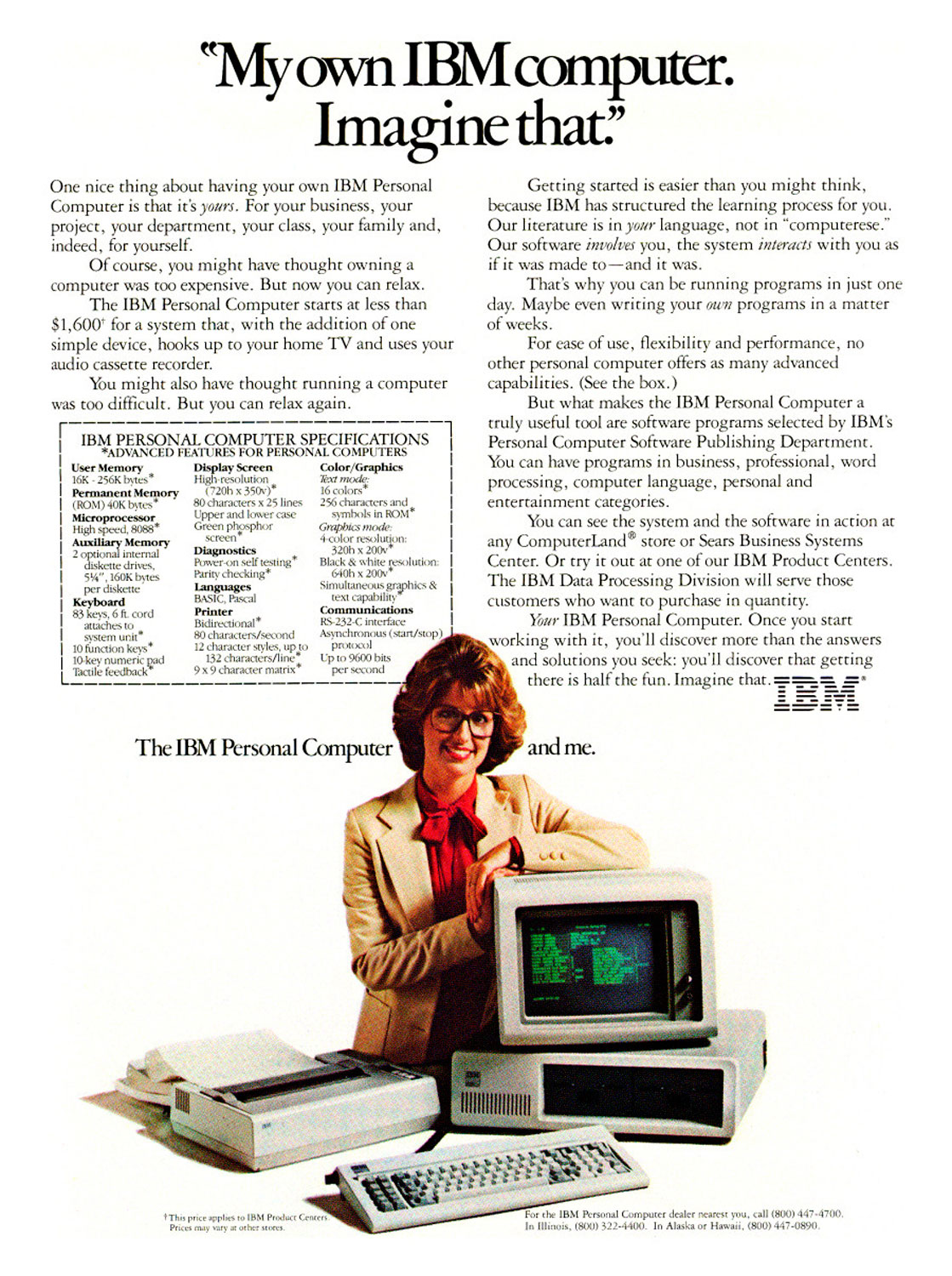

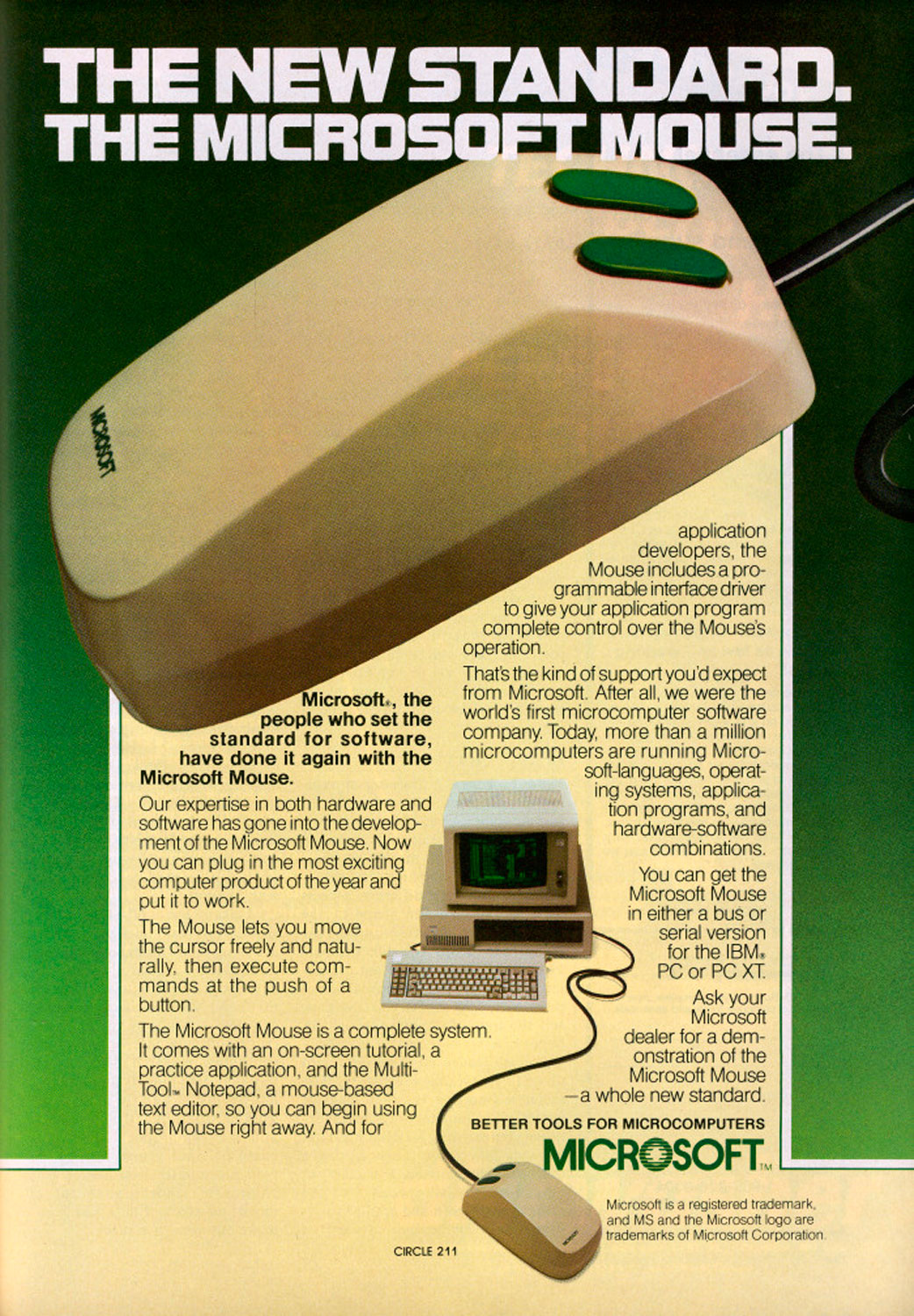
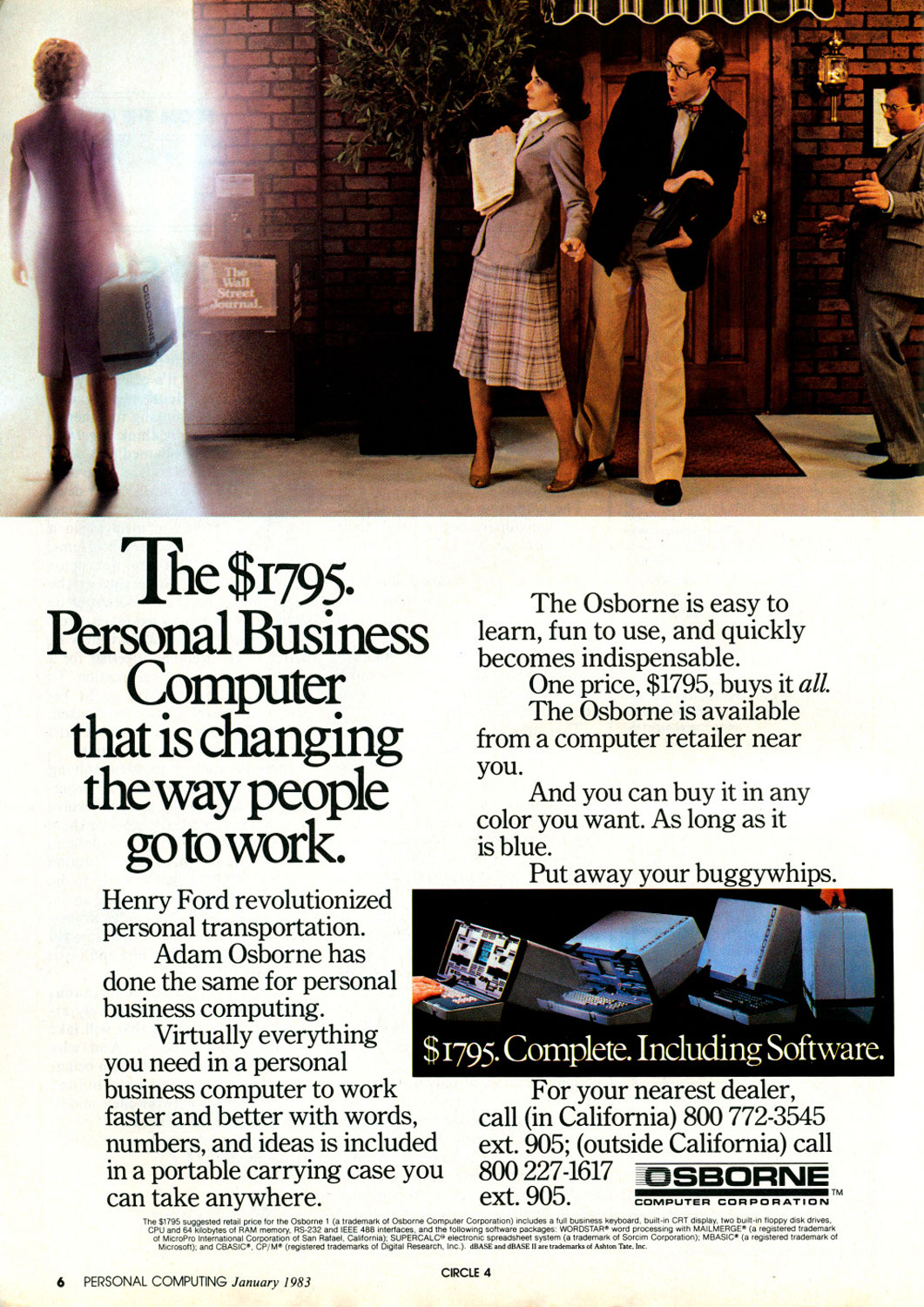

Read next: Watch the Robots Shipping Your Amazon Order This Holiday
More Must-Reads from TIME
- Why Trump’s Message Worked on Latino Men
- What Trump’s Win Could Mean for Housing
- The 100 Must-Read Books of 2024
- Sleep Doctors Share the 1 Tip That’s Changed Their Lives
- Column: Let’s Bring Back Romance
- What It’s Like to Have Long COVID As a Kid
- FX’s Say Nothing Is the Must-Watch Political Thriller of 2024
- Merle Bombardieri Is Helping People Make the Baby Decision
Contact us at letters@time.com